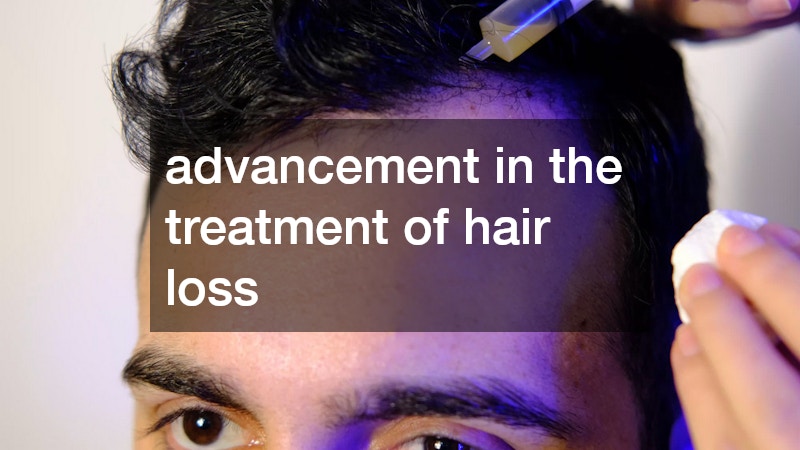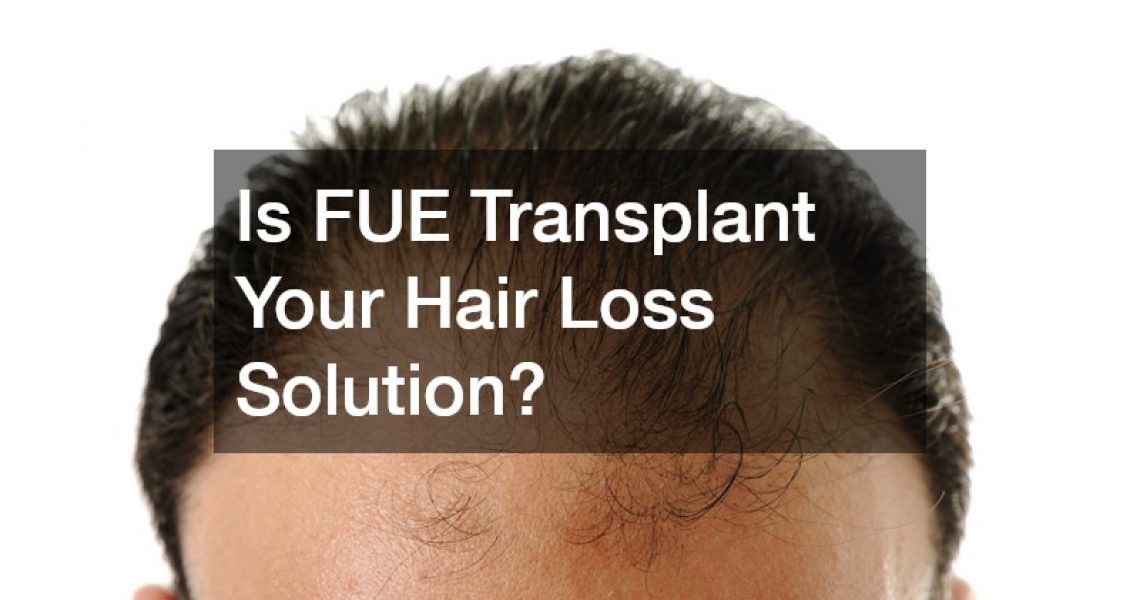Hair loss is a common concern for millions of individuals worldwide, regardless of gender or age. While many turn to topical treatments or medications to counteract thinning hair, these solutions often yield limited results or come with undesirable side effects. Enter Follicular Unit Extraction (FUE) transplant: an innovative technique in the realm of hair restoration that presents a promising alternative. This minimally invasive procedure is celebrated for its ability to offer natural-looking results with reduced downtime. As a result, FUE transplants have gained prominence among individuals seeking an effective solution to their hair loss problems. In this article, we’ll delve into the intricacies of FUE transplants, examine who stands to benefit the most from this procedure, and weigh the advantages and potential downsides.
What is FUE Hair Transplant and How Does It Work?
Follicular Unit Extraction (FUE) is a breakthrough in the field of hair restoration. It involves the meticulous extraction of individual hair follicles from a donor site, typically the back or sides of the scalp, and transplanting them to areas experiencing hair loss. This technique is distinct from older methods, like Follicular Unit Transplantation (FUT), which involves removing a strip of the scalp. FUE’s advantage lies in its precision; it leaves no linear scars, making it less invasive and more aesthetically appealing. The process begins with the preparation of the donor area, followed by the careful extraction of follicles using a specialized punch tool. These follicles are then implanted into tiny incisions made at the recipient site, ensuring the newly transplanted hair follows the natural growth pattern. The process requires a skilled surgeon to achieve optimal results, as precision in both extraction and implantation are vital for natural-looking outcomes.
The increasing popularity of FUE can be attributed to its less invasive nature compared to other hair transplant methods. Patients typically experience a shorter recovery period and minimal discomfort, which are significant considerations for busy individuals who cannot afford extensive downtime. Over the past decade, technological advancements have further refined the FUE procedure, allowing for more precise extractions and improved success rates. Furthermore, FUE is adaptable to various hair types and degrees of hair loss, making it a versatile option for a wide range of candidates. While it requires significant expertise and precision, the results are often worth the investment, with many individuals reporting substantial improvements in hair density and appearance.
Who Is an Ideal Candidate for This Hair Restoration Procedure?
When considering FUE as a solution to hair loss, it’s essential to assess who will benefit most from this procedure. Ideal candidates typically include those experiencing pattern baldness, individuals with thinning hair, and people who have lost hair due to trauma or surgical procedures. One of the most crucial factors in determining candidacy is the availability of a sufficient donor area. The donor site should have enough healthy hair follicles to support the transplant without causing visible thinning in that area. Patients between the ages of 25 to 65 years commonly experience the most satisfactory results, as younger individuals’ hair loss patterns may not be fully established, impacting the long-term outcome.
Overall health also plays a vital role in determining eligibility for a FUE transplant. Candidates should be in good health and free from conditions that could impair healing, such as uncontrolled diabetes or autoimmune disorders. Smoking and extensive alcohol consumption can also impede recovery and affect the success of the procedure, making individuals with these habits less ideal candidates. It’s crucial for potential patients to discuss their medical history and lifestyle with their surgeon to evaluate their suitability for the procedure.
What are the Benefits of Choosing the Procedure?
FUE hair transplants offer an array of benefits that make them an attractive option for those looking to tackle hair loss permanently. One of the most significant advantages is the minimal scarring associated with this method. Unlike FUT, which leaves a noticeable linear scar on the donor area, FUE results in tiny, barely visible dots that blend seamlessly with the surrounding hair. This makes FUE an appealing choice for individuals who prefer to wear their hair short. Furthermore, FUE’s minimally invasive approach generally results in a quicker recovery period. Patients can typically resume normal activities within a few days post-procedure, making it a practical choice for those with demanding schedules.
Another key benefit is the natural-looking results that FUE is renowned for achieving. Skilled surgeons meticulously place transplanted follicles in a manner that follows the natural hair growth pattern of the patient, resulting in a seamless blend between transplanted and existing hair. This attention to detail is critical, as it ensures that the final outcome appears as natural as possible. Additionally, FUE’s ability to transplant hair follicles individually allows for greater precision and customization in addressing specific areas of concern.
What are the Potential Risks and Downsides of the Transplant?
Despite its many advantages, FUE does come with potential risks and downsides that should be carefully considered. One of the most common post-operative complications is the risk of infection and inflammation in both donor and recipient sites. While rare, they can occur if proper aftercare instructions are not followed. Additionally, patients may experience temporary side effects such as swelling, itching, and folliculitis. These symptoms generally resolve on their own, but they can cause discomfort in the short term. Moreover, there is a slight risk of transection — damage to the follicles during extraction — which can affect the overall success of the transplant.
A FUE transplant represents a significant advancement in the treatment of hair loss, offering a minimally invasive, effective, and natural-looking solution. With its array of benefits, such as minimal scarring, quick recovery time, and the ability to achieve personalized, aesthetic outcomes, FUE stands out as a top choice for many considering hair restoration options. However, potential candidates must weigh the benefits against possible risks, side effects, and the financial investment associated with the procedure. Ultimately, FUE transplants can be an excellent option for individuals who meet the candidacy criteria and hold realistic expectations for the results.


